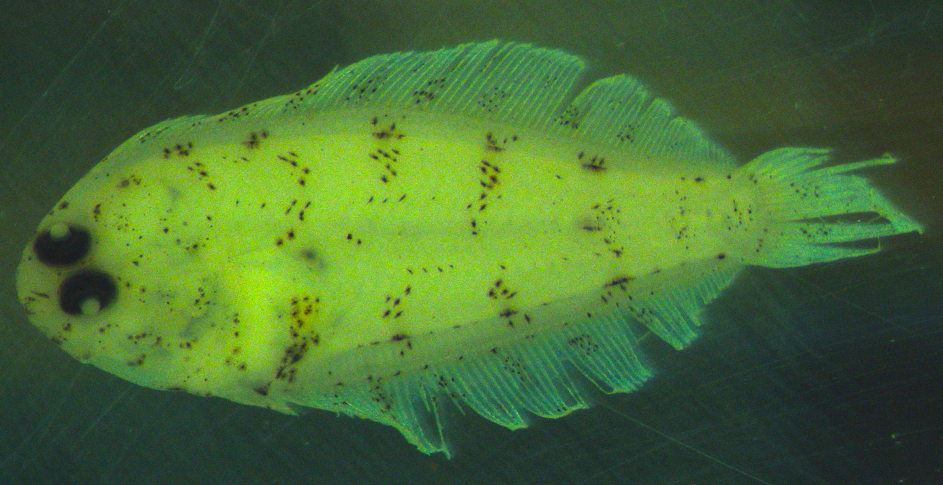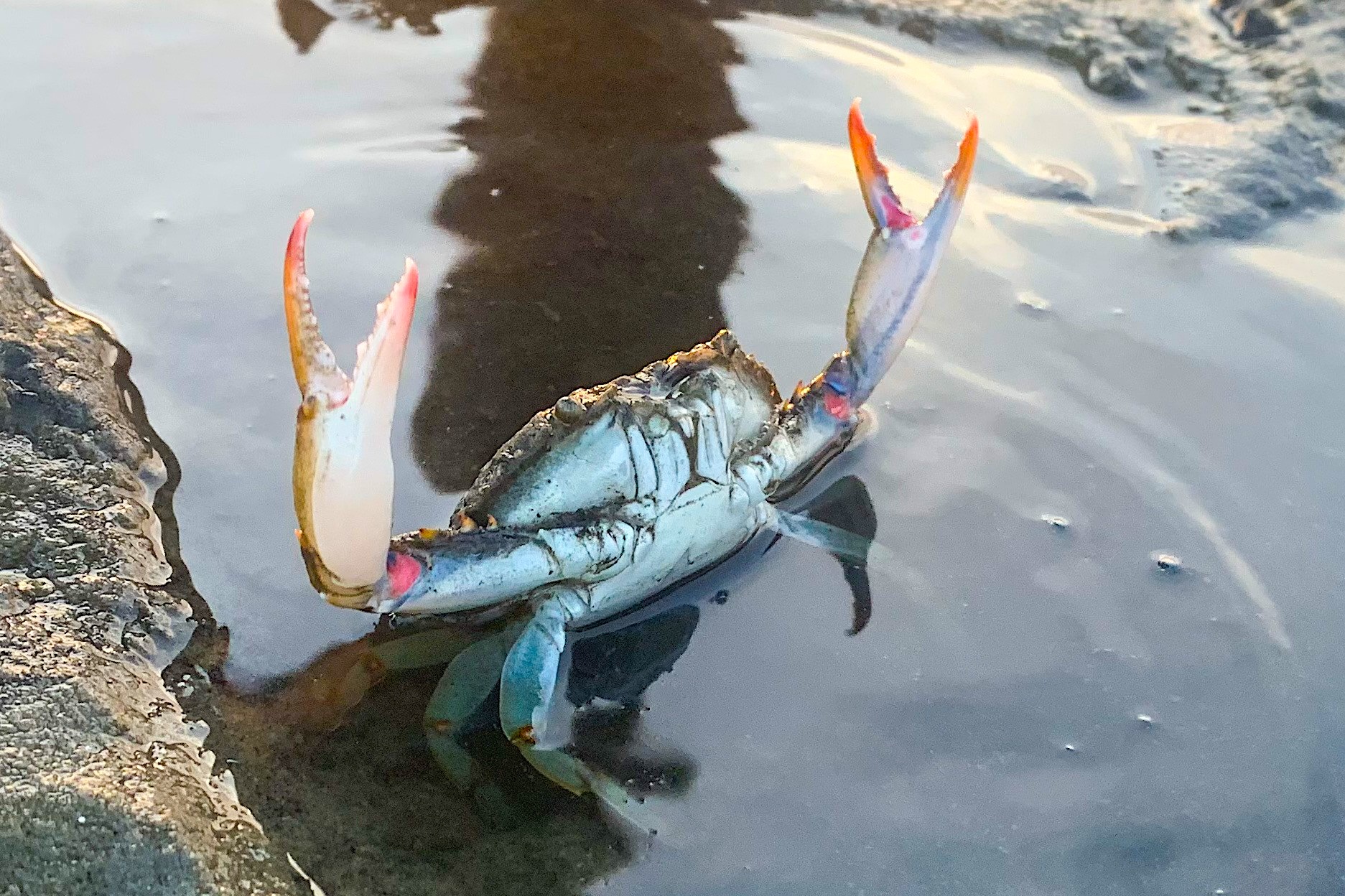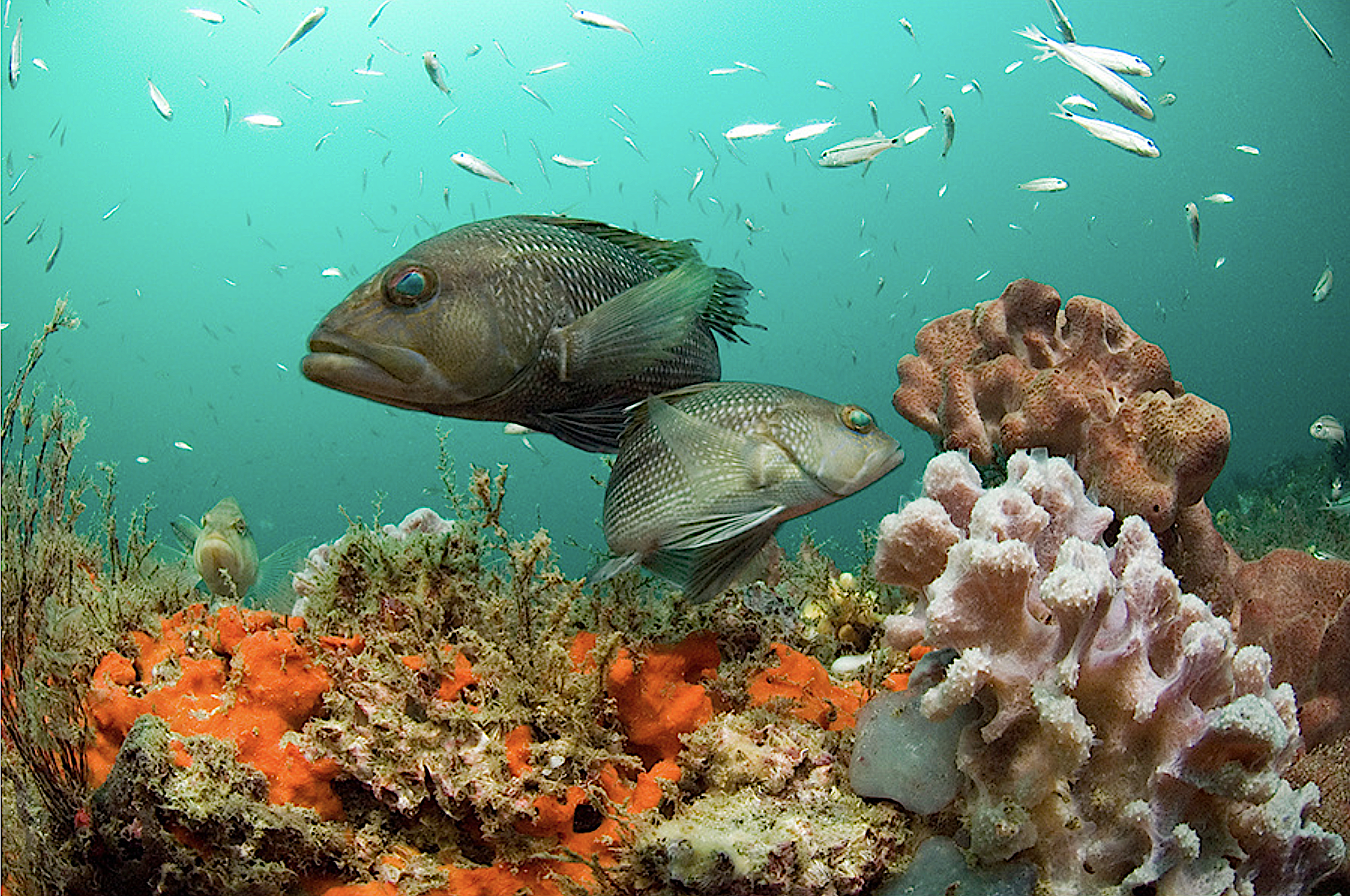Is Climate Change Affecting Fish in NC Waters?

Fish larvae are entering Beaufort Inlet earlier in the year than before.
Research Need
As climate has warmed, seasons are changing in many ecosystems. Spring is arriving earlier, summer is lasting longer, and winters are shorter. This has changed when fish and other marine organisms use different habitats.
Such changes in seasons could impact fisheries management in North Carolina in a number of ways. For example, it could impact the right time to close a season to conserve stocks. It also could affect the best time to conduct fisheries surveys in order to estimate stock size and set annual catch limits.
In addition, changing seasons could impact the growth rate and reproductive success of many species, because they reproduce at specific times to maximize the amount of food available for their offspring.
What did they study?
Researchers at East Carolina University (ECU) and NOAA examined a dataset measuring the abundance of fish larvae at Beaufort Inlet. NOAA has been recording the number of larvae caught at this site weekly since 1986 during fall, winter, and spring.
This dataset provided information about changes in when fish larvae from ten species passed by the inlet to enter the Newport River Estuary. These researchers also examined whether changes in fish seasonality were related to changes in temperature, wind, or regional climate indices.
What did they find?
This study found that on average fish larvae are entering Beaufort Inlet earlier in the year. Also, there has been an increase in the length of the season when larvae do so. These changes were related to variations in temperature, the timing and strength of local and regional wind patterns, and basin-wide climate indices.
What else did they find?
Species that showed particularly large changes in their seasonality included summer flounder, Atlantic croaker, and pinfish. More research is needed to know how these changes in seasonality might affect the growth and survival of fish to the age at which they are old enough to be caught. Beginning in 2017, researchers at ECU started to monitor zooplankton abundance at Beaufort Inlet in conjunction with the long-term dataset on larval fish. This new data on zooplankton may help determine if the seasonal availability of prey for fish larvae is changing in sync with the larvae.
Reading
Thaxton, W.C., J.C. Taylor, and R.G. Asch. 2020. Climate-associated trends and variability in ichthyoplankton phenology from the longest continuous larval fish time series on the east coast of the United States. Marine Ecology Progress Series 650: 269-287. https://www.int-res.com/abstracts/meps/v650/p269-287/

Summary compiled by Rebecca Asch, an assistant professor at East Carolina University. She holds a Ph.D. from Scripps Institution of Oceanography and a Masters degree from the University of Rhode Island’s Graduate School of Oceanography. Her lab’s research focuses on global environmental change and ocean ecosystems. If you would like a copy of this article, please contact her at aschr16@ecu.edu.
Lead photo: Flounder larvae, such as the one shown here, are among the fishes with the greatest sensitivity to changing environmental variables. Photo by Yuan Zhang.
The text from Hook, Line & Science is available to reprint and republish at no cost with this attribution: Hook, Line & Science, courtesy of Scott Baker and Sara Mirabilio, North Carolina Sea Grant.
- Categories:



